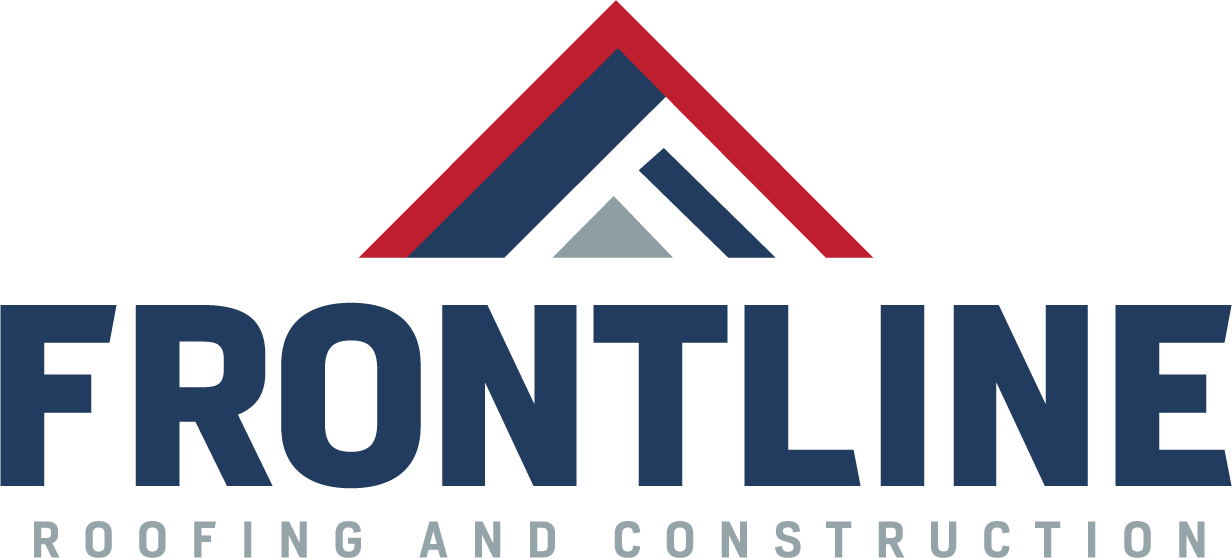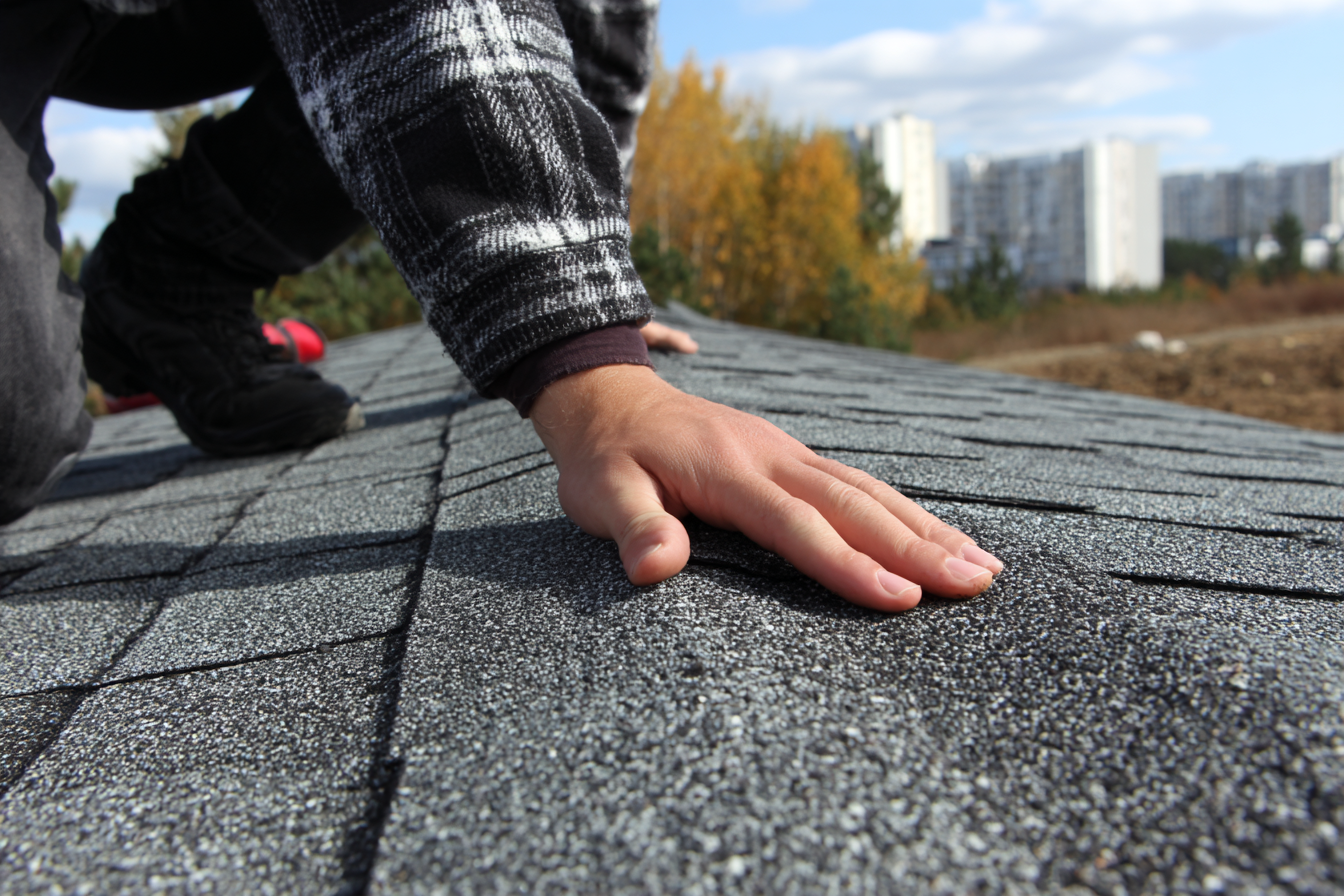Routine Residential Roofing Maintenance Checklist for Oklahoma Homes
If you live in Oklahoma, your roof is constantly up against harsh sun, hail, high winds, and tornado-season storms. Keeping it in top shape isn’t optional, it’s essential protection for your home.
At Frontline Roofing & Construction, we know how Oklahoma weather wears down a roof over time. That’s why we’ve created this routine residential roofing maintenance checklist, a practical, step-by-step guide to keeping your roof strong, watertight, and storm-ready.
Why Is Roof Maintenance So Important in Oklahoma?
Because Oklahoma’s climate is extreme and unpredictable. Your roof faces:
High winds during storm season
Hail that cracks shingles and flashing
Intense UV rays that dry out roofing materials
Sudden temperature shifts that expand and contract your roof structure
Without regular maintenance, these stresses lead to leaks, mold, and early roof failure. A consistent roof maintenance routine helps you:
Extend your roof’s lifespan
Avoid costly emergency repairs
Maintain home energy efficiency
Preserve curb appeal and value
Oklahoma Roof Maintenance Checklist: Step-by-Step Guide
Here’s your comprehensive checklist for keeping your Oklahoma roof in great shape, season after season.
1. Inspect Your Roof Twice a Year
When should you inspect your roof?
Perform a visual inspection in spring and fall. These seasons follow Oklahoma’s harshest weather swings.
What to look for:
Missing, curling, or cracked shingles
Damaged flashing or vents
Mold, algae, or black streaks
Sagging rooflines or soft spots
If you’re unsure or can’t safely access your roof, Frontline Roofing & Construction offers detailed inspections using professional safety equipment and techniques.
2. Clean Gutters and Downspouts
Why is gutter cleaning important for your roof?
Clogged gutters cause water to back up, soaking roof edges and leaking into your attic or walls.
Checklist:
Remove leaves, sticks, and debris
Tighten loose brackets
Check downspouts for clogs
Inspect for rust or leaks
Frontline recommends cleaning at least twice yearly, and after every major storm.
3. Trim Nearby Trees
Can tree limbs damage your roof?
Absolutely. Overhanging branches scrape shingles and drop debris that traps moisture.
Solution: Trim branches six feet or more from your roofline. This also deters pests like squirrels and raccoons from climbing onto your roof.
4. Check Inside for Leaks or Water Stains
Where should you check for roof leaks indoors?
Look for signs in your attic, ceilings, and walls. Common indicators include:
Brown stains
Damp insulation
Musty odors
Peeling or bubbling paint
These often signal small leaks that can quickly worsen without repair.
5. Inspect Flashing and Roof Sealant
What is flashing, and why does it matter?
Flashing is the metal or sealant used around chimneys, vents, and skylights to prevent leaks. Oklahoma’s hot summers and icy winters can cause it to crack or lift.
Check for:
Loose or rusted flashing
Cracked sealant
Gaps near roof penetrations
Fixing small cracks early prevents expensive water damage later.
6. Examine Your Roof After Every Storm
What does storm damage look like?
After hail, high winds, or tornado conditions, check for:
Dented or bruised shingles
Granule loss (gritty material in gutters)
Torn flashing or vents
Tree debris on the roof
If you suspect damage, call Frontline Roofing & Construction immediately. We can document storm impacts for insurance claims and provide prompt, professional repairs.
7. Check Roof Ventilation and Attic Airflow
Why is attic ventilation important for your roof?
Proper airflow prevents heat and moisture buildup that can rot decking and warp shingles.
Ensure that:
Soffit vents are clear
Ridge vents aren’t blocked
Insulation isn’t obstructing airflow
Good ventilation keeps your home cooler in summer and prevents condensation in winter.
8. Remove Moss, Algae, and Debris
Is moss bad for your roof?
Yes. Moss and algae trap moisture, which weakens shingles and shortens their lifespan.
To clean safely:
Use a roof-safe cleaning solution
Gently scrub with a soft brush
Avoid high-pressure washing (it can damage shingles)
If growth keeps coming back, schedule a professional cleaning to prevent long-term damage.
9. Schedule an Annual Professional Roof Inspection
Even if your roof looks fine, an expert eye can spot hidden issues before they become big problems.
Frontline Roofing & Construction recommends a comprehensive annual inspection that includes:
Shingle and flashing analysis
Attic moisture testing
Structural and ventilation checks
This small investment can save you thousands in repairs later.
10. Keep Detailed Maintenance Records
Why document your roof maintenance?
It helps track your roof’s condition and proves upkeep for insurance and resale value.
Keep:
Dates of inspections and cleanings
Receipts from professional services
Photos before and after maintenance
Documentation ensures transparency and strengthens warranty claims.
Seasonal Roof Maintenance Tips for Oklahoma Homes
Each season in Oklahoma brings new challenges. Follow these targeted tips:
Spring: Inspect for winter ice damage and clean gutters.
Summer: Look for sun damage, cracked sealant, and warped shingles.
Fall: Clear leaves and prepare for storms.
Winter: Watch for ice dams and ensure attic insulation is sufficient.
When to Call the Experts
Some roofing tasks should always be left to professionals. Call Frontline Roofing & Construction if you notice:
Persistent leaks
Damaged or missing shingles
Significant storm damage
Soft spots or sagging areas
Large debris impacts
We provide complete roofing services, including inspection, repair, and replacement, for both residential and commercial properties across Oklahoma.
Conclusion: Protect Your Home with Proactive Roof Care
Your roof shields your home from Oklahoma’s toughest weather. Routine maintenance isn’t just about keeping it pretty, it’s about protecting your family and investment.
Following this Oklahoma roof maintenance checklist ensures your roof stays strong, safe, and efficient all year long.
If it’s been a while since your last inspection, or you’ve just weathered a big storm, now’s the time to act.
Contact Frontline Roofing & Construction today to schedule your free roof inspection or estimate.
Trust the local experts who know Oklahoma roofs best. Frontline Roofing & Construction, where quality and integrity always come first.
FAQ: Routine Roof Maintenance in Oklahoma
Q: How often should I have my roof inspected in Oklahoma?
A: Twice a year, typically in spring and fall. Add an extra inspection after major storms.
Q: What’s the average lifespan of an Oklahoma roof?
A: Around 20–25 years for asphalt shingles, but extreme weather can shorten that. Proper maintenance can extend it significantly.
Q: Does homeowner’s insurance cover storm damage repairs?
A: Usually yes, but you’ll need timely documentation. Frontline Roofing & Construction can assist with inspections and claim support.
Q: When should I replace my roof instead of repairing it?
A: If you notice widespread shingle loss, sagging, or multiple leaks, a full replacement may be more cost-effective long-term.
Q: Can I walk on my roof to inspect it myself?
A: It’s not recommended for safety reasons. Use binoculars or contact a professional roofing company for a thorough inspection.


